Having a reliable car dash cam is no longer just a luxury—it’s an essential tool for modern driving. Whether you’re commuting, taking long trips, or navigating busy traffic, a dash cam records every moment for safety and peace of mind. The big question for many drivers is whether to hardwire their dash cam or simply plug it in. Each option has unique benefits, and the right choice depends on how you use your vehicle.
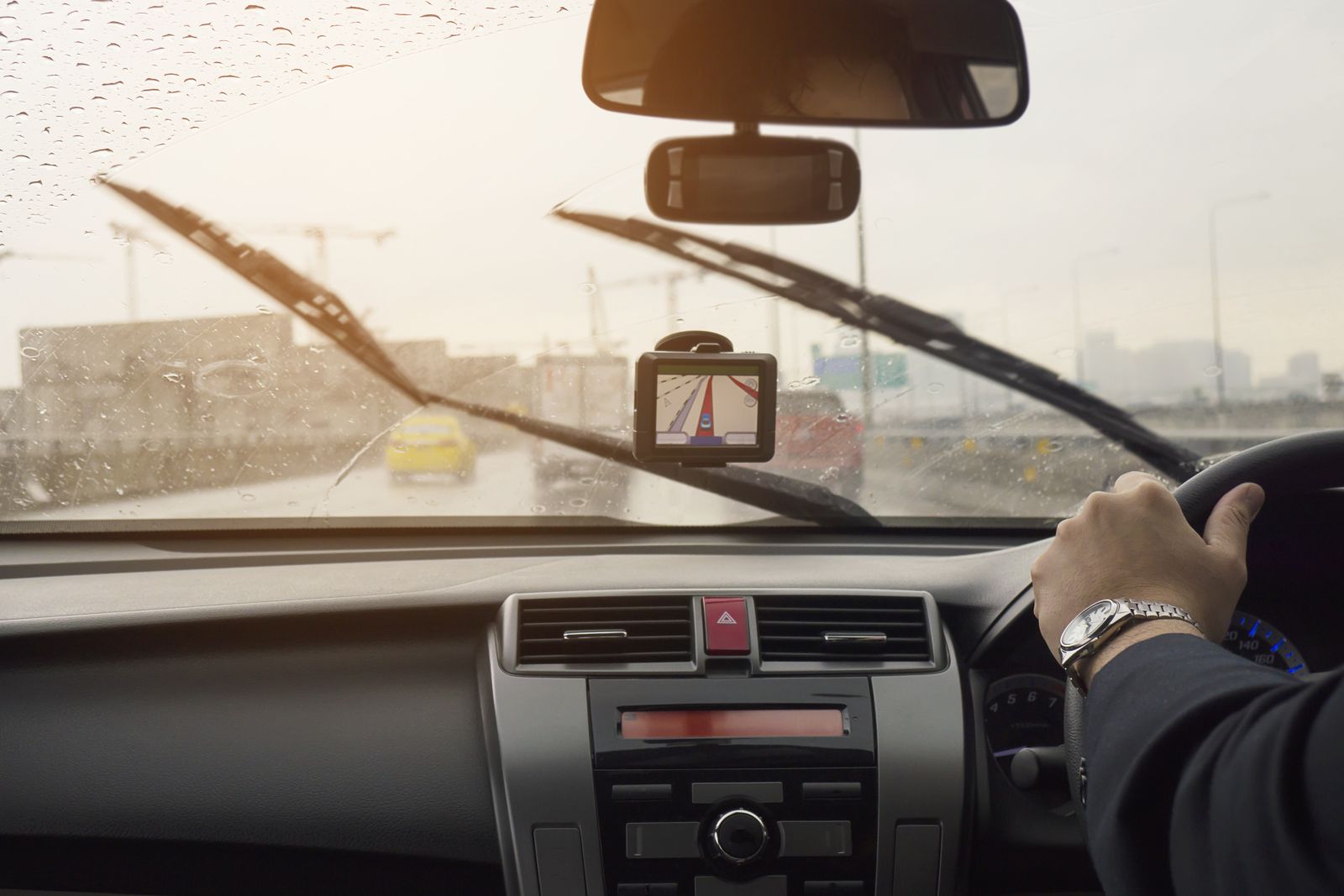
What Is a Hardwired Dash Cam?
A hardwired dash cam connects directly to your vehicle’s fuse box, drawing power from the battery. This allows it to keep running even when the car is off, enabling features like parking mode. Drivers who park in busy areas value this continuous coverage.
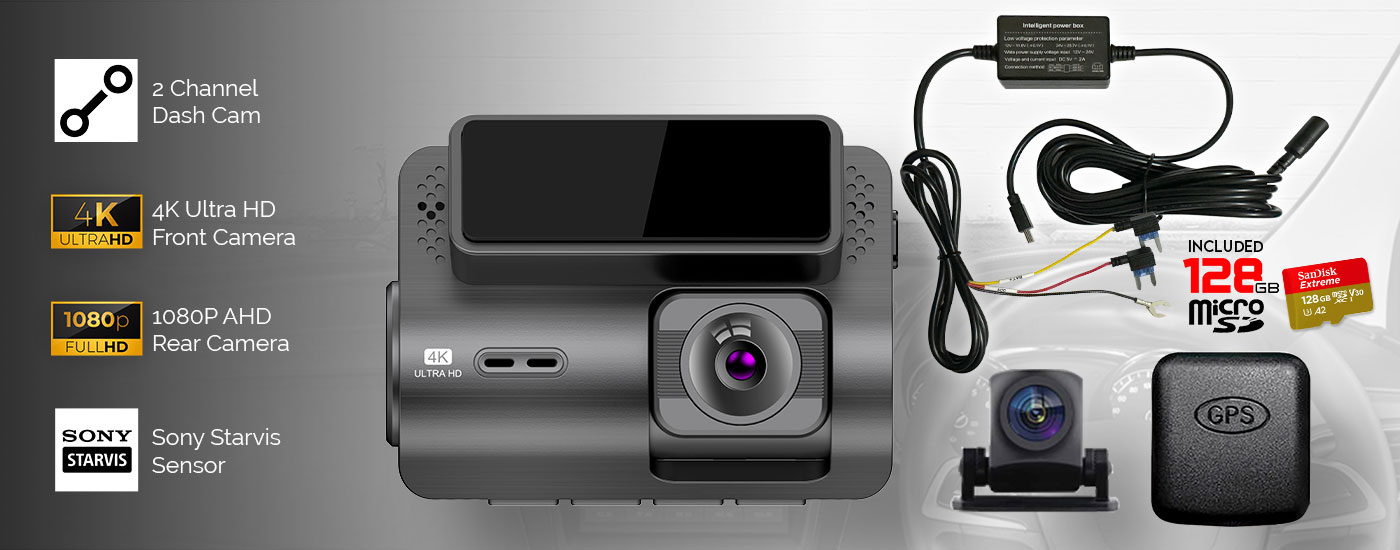
Although installation takes more effort, the setup is clean, with no dangling wires. Many drivers prefer the tidy, professional look and the convenience of never needing to plug in the device manually.
What Is a Plug-In Dash Cam?
A plug-in dash cam connects through the 12V socket, often called the cigarette lighter port. It’s quick to set up—just plug it in, mount the camera, and you’re ready to drive. For those who don’t want to deal with wiring, this is the simplest option.
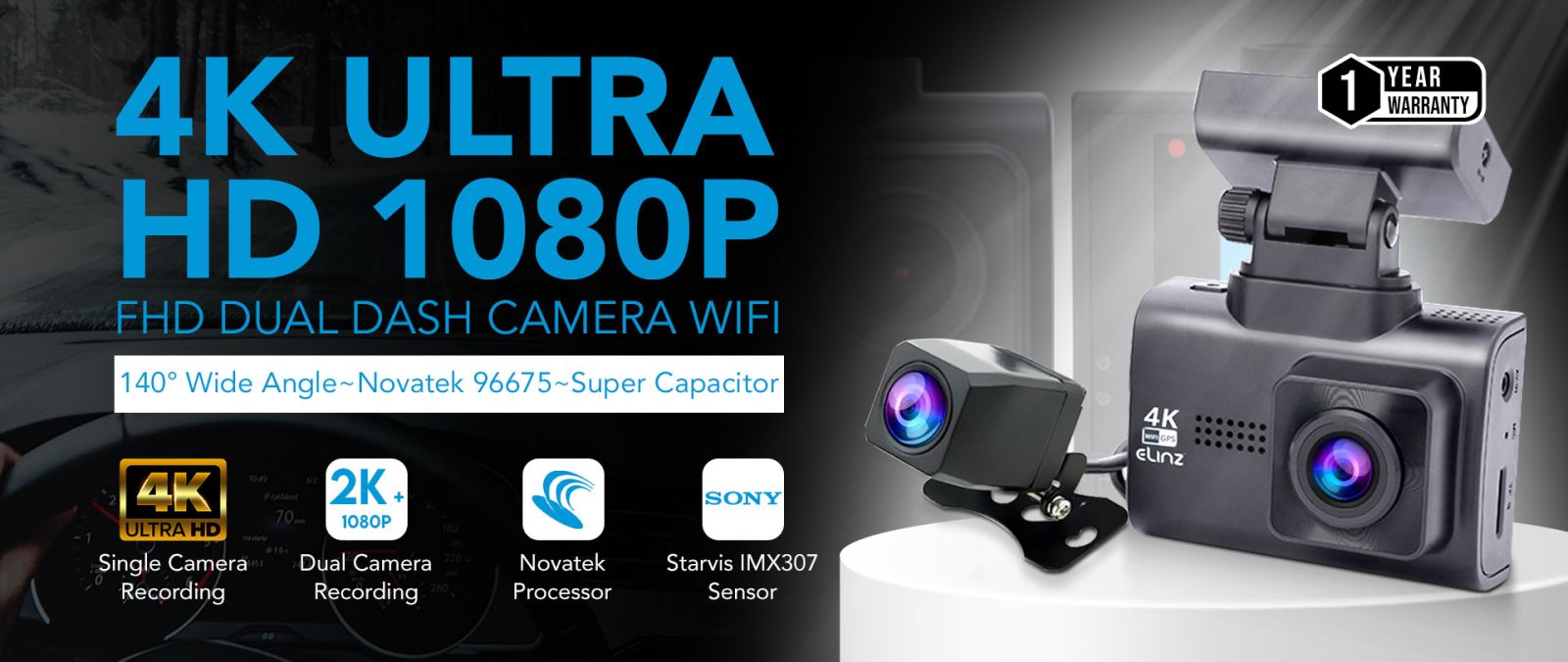
Most plug-in systems power down when the car is off, unless the socket supplies constant power. While that limits parking mode, they still deliver excellent performance on the road. Plus, transferring the camera between vehicles is fast and easy.
Comparing the Two Options
When choosing between hardwire and plug-in, think about your driving needs. Hardwiring is ideal if you want round-the-clock surveillance, especially overnight parking protection.
Plug-in models suit drivers who switch vehicles or want a portable option. They’re convenient but offer less coverage when parked. For many, that trade-off is worth the simplicity.
Video Quality and Features
Both setups support advanced features, so performance isn’t tied to the power method. A clear dash cam captures sharp details like plates and signs, even at night, ensuring reliable evidence in case of disputes.
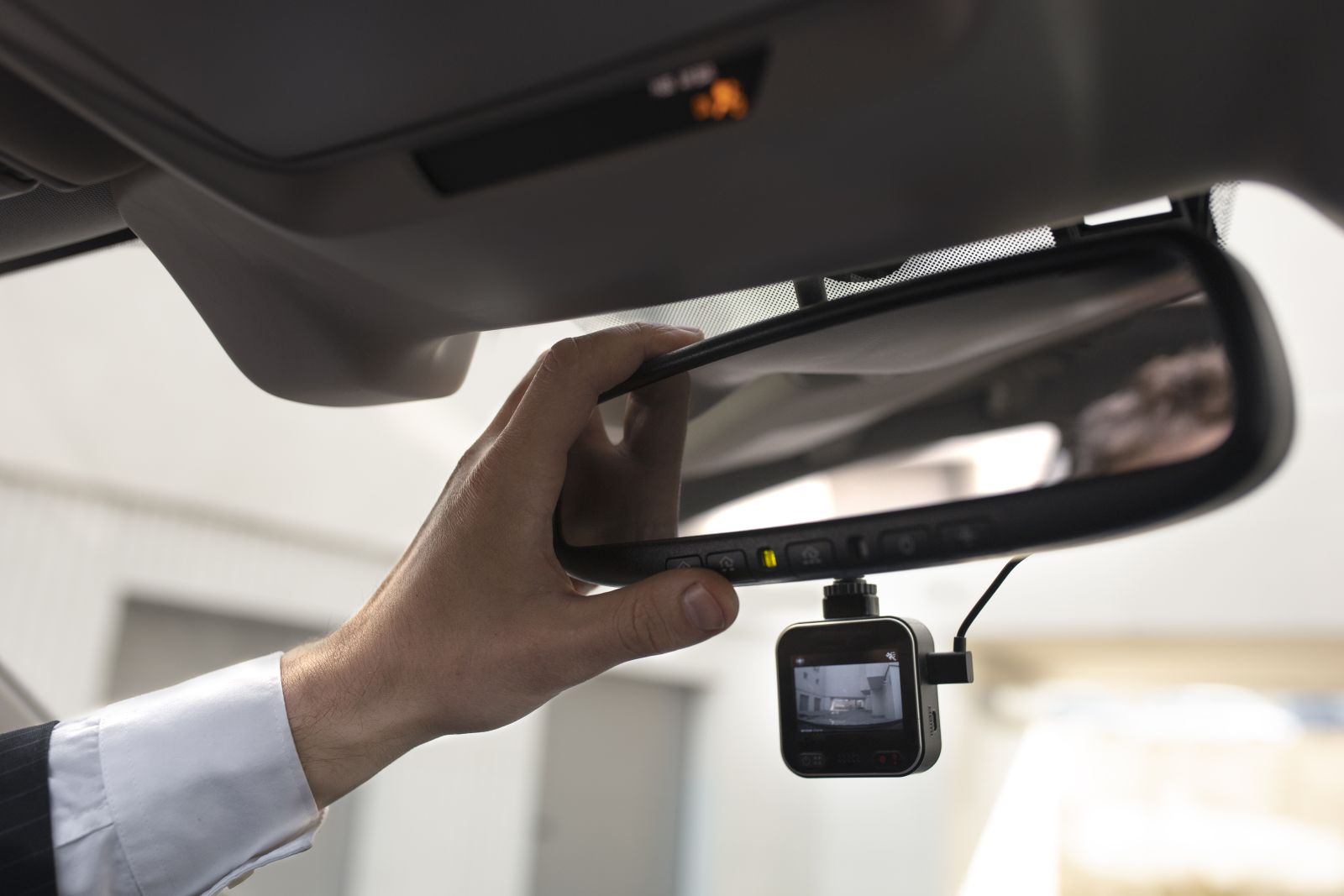
Features such as wide-angle lenses, G-sensors, and loop recording are now standard. The power source only affects the availability of parking mode, not recording quality.
Best Uses for Each Setup
A plug-in dash cam for car is perfect for daily commutes or occasional trips. It’s budget-friendly, simple to install, and does the job effectively.
For fleet drivers, rideshare operators, or those in high-risk areas, hardwiring is more secure. Continuous power keeps the camera running for motion detection and impact alerts.
Expanding Coverage: Front and Rear Dash Cams
Some drivers prefer a dash cam both in front and rear for extra protection. This setup records incidents from both directions, reducing blind spots and capturing rear-end collisions.
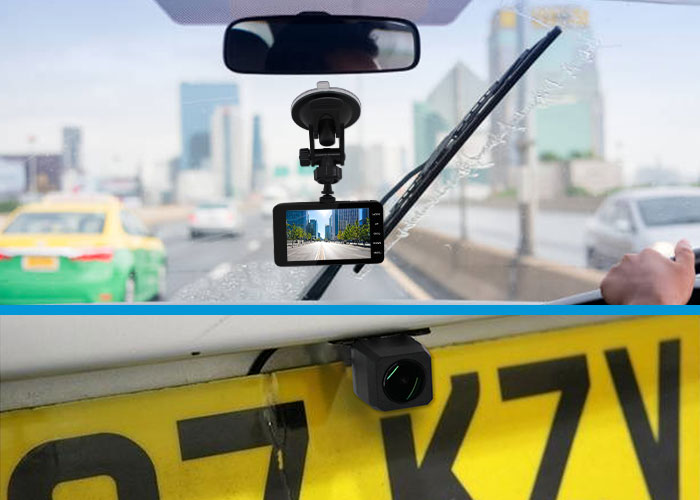
While both installation types support dual-channel systems, hardwiring is often more reliable for vehicles that need multiple cameras, ensuring steady power.
Which Setup Works Best?
Hardwiring offers continuous recording, neat cabling, and full feature use. Plug-in models, however, win on portability and ease of setup. Your choice depends on whether you value convenience or maximum coverage.
Whichever you choose, a dash cam provides valuable evidence in accidents and can promote safer driving habits. It’s a small investment with big benefits for security and accountability.
Conclusion
Both setups have clear strengths, so the best option depends on your needs, driving habits, and budget. Explore Elinz’s dash cams for sale and pick the one that suits your vehicle. With the right choice, you’ll enjoy safer, more confident journeys every time you drive.
Did you enjoy reading this article?
Stay updated on our latest deals and promos by following our social media accounts.
Find this article helpful? Don't forget to click on the share buttons below.





